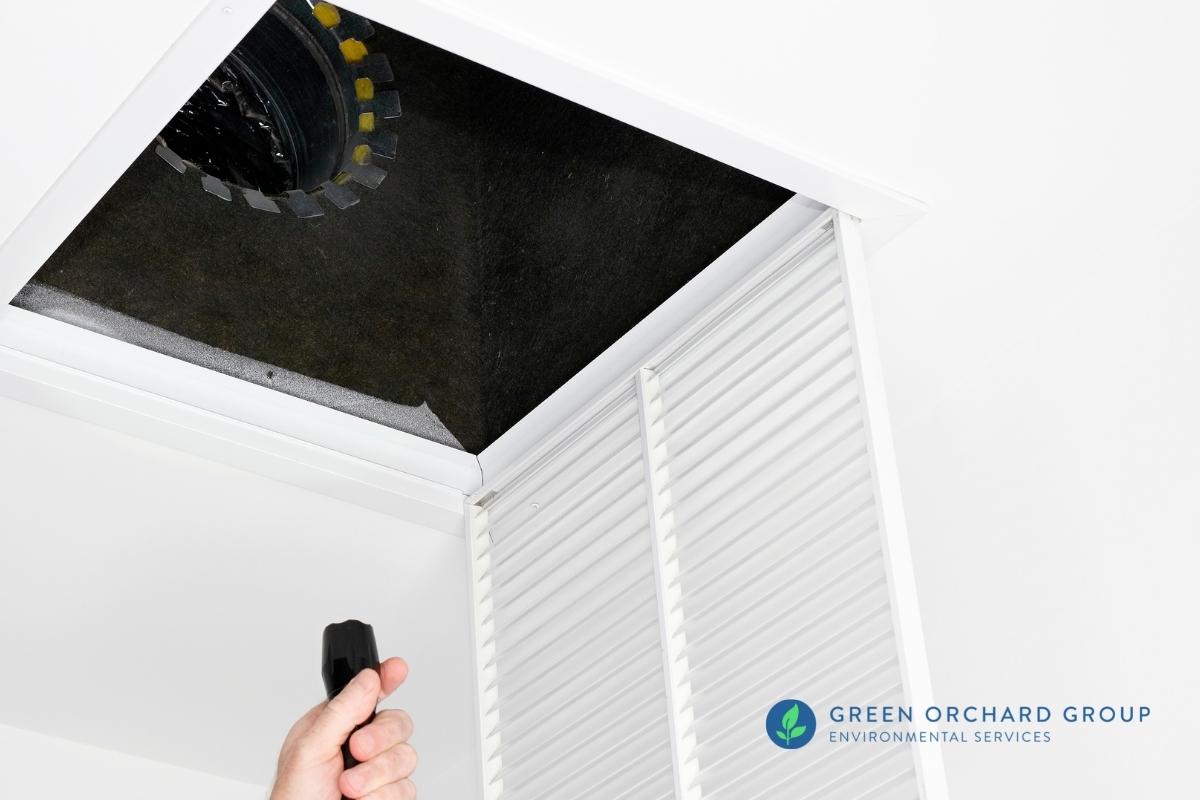Efficient Post Mold Remediation Cleaning Protocols
Efficient Post Mold Remediation Cleaning Protocols
Blog Article
Your Ultimate Overview to Message Mold Remediation Strategies
In the after-effects of mold and mildew infestation, knowing just how to efficiently eliminate the mold and mildew and prevent its reoccurrence is vital for preserving a healthy interior environment. From choosing the appropriate cleansing and disinfecting techniques to applying approaches for long-lasting mold and mildew prevention, each step in the removal trip plays a critical role in making sure an effective outcome.
Recognizing Post-Mold Removal Process
After completing the mold remediation process, it is critical to understand the post-mold remediation strategies that are needed to ensure a reliable and detailed clean-up. As soon as the mold and mildew has been removed, the next step involves cleaning and decontaminating the influenced locations to protect against any type of regrowth of mold. This includes making use of specialized cleaning representatives to clean down surfaces and eliminate any remaining mold and mildew spores. It is necessary to dry out the area totally to discourage the development of mold in the future (Post Remediation Inspection near me). Appropriate ventilation and dehumidification can assist in this process.
Additionally, carrying out a final evaluation post-remediation is important to make certain that all mold and mildew has actually been efficiently removed. If the examination reveals any lingering mold and mildew, added removal might be essential.
Reliable Cleaning Up and Disinfecting Approaches

Preventing Future Mold Development

Importance of Correct Air Flow
Proper air flow plays an essential duty in stopping moisture build-up, an essential consider mold development within indoor settings. Effective ventilation systems assist remove excess moisture from the air, decreasing the chances of mold spores discovering the moisture they require to spread and sprout. Without ample ventilation, interior spaces can end up being a reproduction ground for mold, bring about potential wellness risks and architectural damage.
By ensuring appropriate air blood circulation, ventilation systems can additionally assist in drying out moist locations quicker after water damage or flooding cases, even more hindering mold and other mildew growth. what to do after mold remediation. In spaces like washrooms, basements, attics, and kitchen areas where moisture levels have a tendency to be higher, mounting and preserving effective ventilation systems is vital in avoiding mold invasions

Monitoring and Upkeep Tips
Provided the critical role that appropriate ventilation plays in protecting against mold and mildew growth, it is imperative to develop reliable tracking and maintenance ideas to make certain the continued functionality of air flow systems. Regular inspections of air flow systems should be performed to inspect for any kind of indications of clogs, leakages, or malfunctions that can hinder correct air flow. Tracking humidity degrees within the building is also crucial, as high moisture can add to mold development. Installing a hygrometer can aid track humidity levels and sharp property owners to any kind of spikes that may need focus. Additionally, making certain that air filters are frequently cleansed or replaced is necessary for maintaining the performance of the ventilation system. Carrying out a schedule for routine maintenance tasks, such as air duct cleansing and a/c system examinations, can help stop problems prior to they escalate. By staying conscientious and positive to the condition of ventilation systems, homeowner can efficiently mitigate the risk of mold and mildew regrowth and preserve a see here healthy and balanced indoor setting.
Verdict
Finally, post-mold remediation strategies are necessary for making sure a risk-free and tidy setting. Recognizing the process, applying efficient cleansing and sanitizing approaches, preventing future mold development, keeping appropriate air flow, and routine tracking are all important steps in the removal process. By following these guidelines, you can efficiently get rid of mold and stop its return, promoting a healthy and balanced living or working space for all occupants.
In the aftermath of mold and mildew invasion, recognizing exactly how to effectively remove the mold and prevent its reoccurrence is vital for preserving a healthy indoor setting. When the mold and mildew has been gotten rid of, the next action includes cleaning and sanitizing go to this site the affected areas to protect against any type of regrowth of mold and mildew - what to do after mold remediation. After removing noticeable mold and mildew development, it is critical to clean all surfaces in the damaged location to eliminate any kind of remaining mold spores. To additionally boost mold prevention actions, it is important to attend to underlying concerns that initially led to mold development.Offered the crucial function that appropriate air flow plays in protecting against mold and mildew growth, it is essential to establish efficient tracking and maintenance tips to ensure the continued capability of air flow systems
Report this page